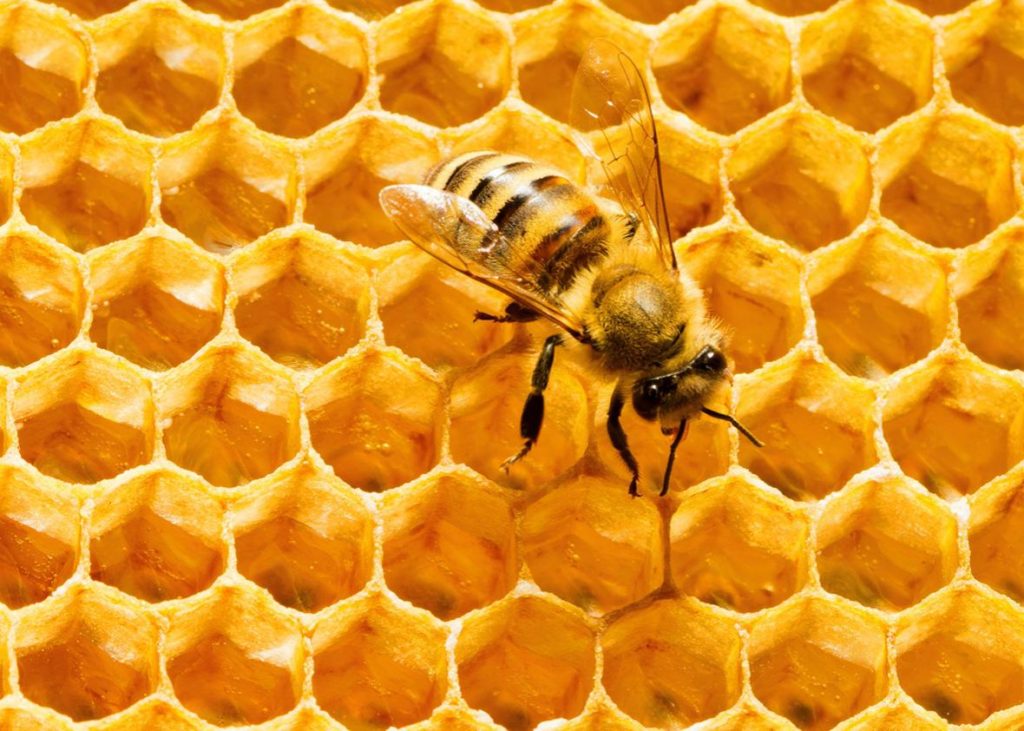
This USDA backed insurance program uses rainfall index to estimate local rainfall allowing beekeepers to purchase insurance protection against production risks. The Rainfall Index is used in the determination of coverage costs and loss payments.
The Rainfall Index – This program’s coverage is based on a geographical grid system and 2-month time periods called index intervals. The grid system is 0.25 latitude by 0.25 longitude, approximately 15 miles by 17 miles in Florida. You will select a coverage level (trigger point), protection factor, grid location and at least 2 separate index intervals where you will place the number of colonies that you desire to insure. Your amount of coverage, premium and any possible loss payments will be calculated using National Oceanic and Atmospheric Administration Climate Prediction Center (NOAA-CPC) data for the grid(s) and index intervals you have chosen to insure. When the final grid index falls below your “trigger point,” you will receive a loss payment. This insurance coverage is for the single peril of lack of rainfall. Coverage is based on the experience of the entire grid. It is not based on individual farms, ranches, or specific weather stations in the general area.
You do not have to insure all your colonies. However, you cannot insure more than the total number of colonies you own. By selecting a coverage level between 70 and 90 percent and a protection factor value between 60 and 150 percent of the county base value, you can customize the amount of protection that is appropriate for your specific operation.
We will gladly walk you through all the decisions and choices you need to make when insuring your operation, including coverage level, index intervals, protection factor, and number of colonies. We will also introduce you to the grid locator, decision tool, map, and historical indices for your area. If you would like to preview these tools, they can be found at: Apiculture Decision Support Tool and Apiculture Grid Locator.